Wes Anderson’s “The French Dispatch”
When the movie starts with Owen Wilson in a barrette, you know it’s going to be good.
December 13, 2021
Wes Anderson’s 20th film, The French Dispatch, centers around a newspaper issue for a fictional 20th century French town’s publication. Packed with the classic Anderson style of witty and unusual phrasing, satisfying color palettes along with his quirky directing style of symmetry and blunt movement, the movie plays through the different sections in the newspaper. It’s the egg yolk pinnacle of anthologies.
The different journalists’ stories break the movie into four miniature stories, giving the film that fast-paced, quick narrative that Anderson is known for. The first, “The Cycling Reporter,” where a French Owen Wilson gives an introductory tour of the small town, followed by “The Concrete Masterpiece,” next “Revisions to a Manifesto” and finally “The Private Dining Room of the Police Commissioner.”
The cast, as usual, features classic Wes Anderson favorites, like Adrien Brody and Owen Wilson, who also played alongside each other in Anderson’s “The Darjeeling Limited” in 2007.
New to Anderson’s little world in cinema, however, is Timothee Chalamet, who plays a severe teenager writing his manifesto in the midst of a political youth revolution. More of that in the Politics and Poetry section. And the mint acting of Tilda Swinton, Jeffrey Wright, Benicio Del Toro and Frances McDormand is a tour de force.
While yes, you could sit down and read a pretentious European magazine instead, The French Dispatch brings the layout of a newspaper to the movie screen, and gives the unique experience to the viewer of watching a paper be read.
Anderson has kept his simple yet unorthodox style and added an eclectic, unequivocal film to his collection of stories.




















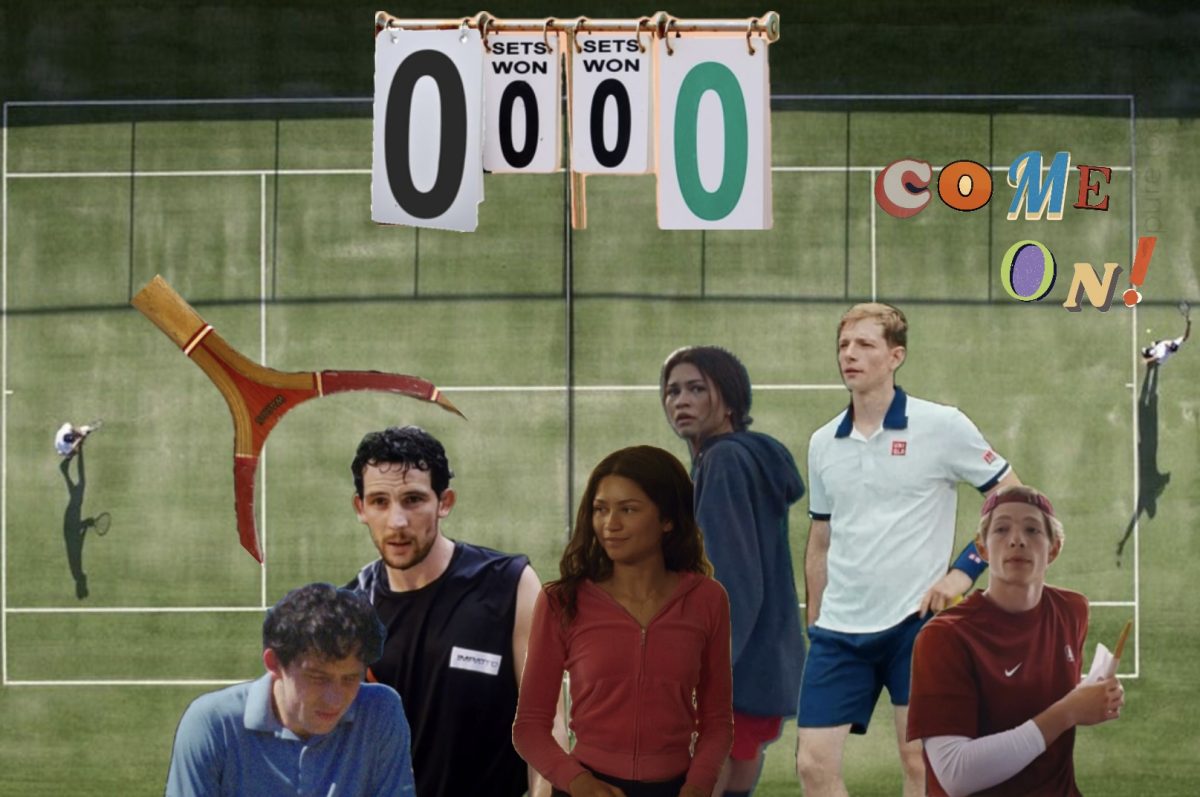
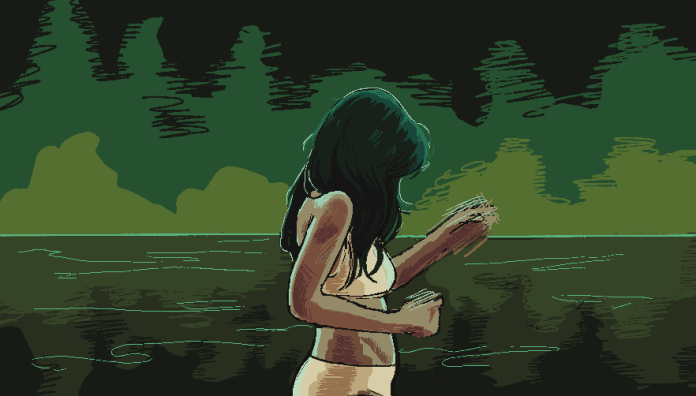










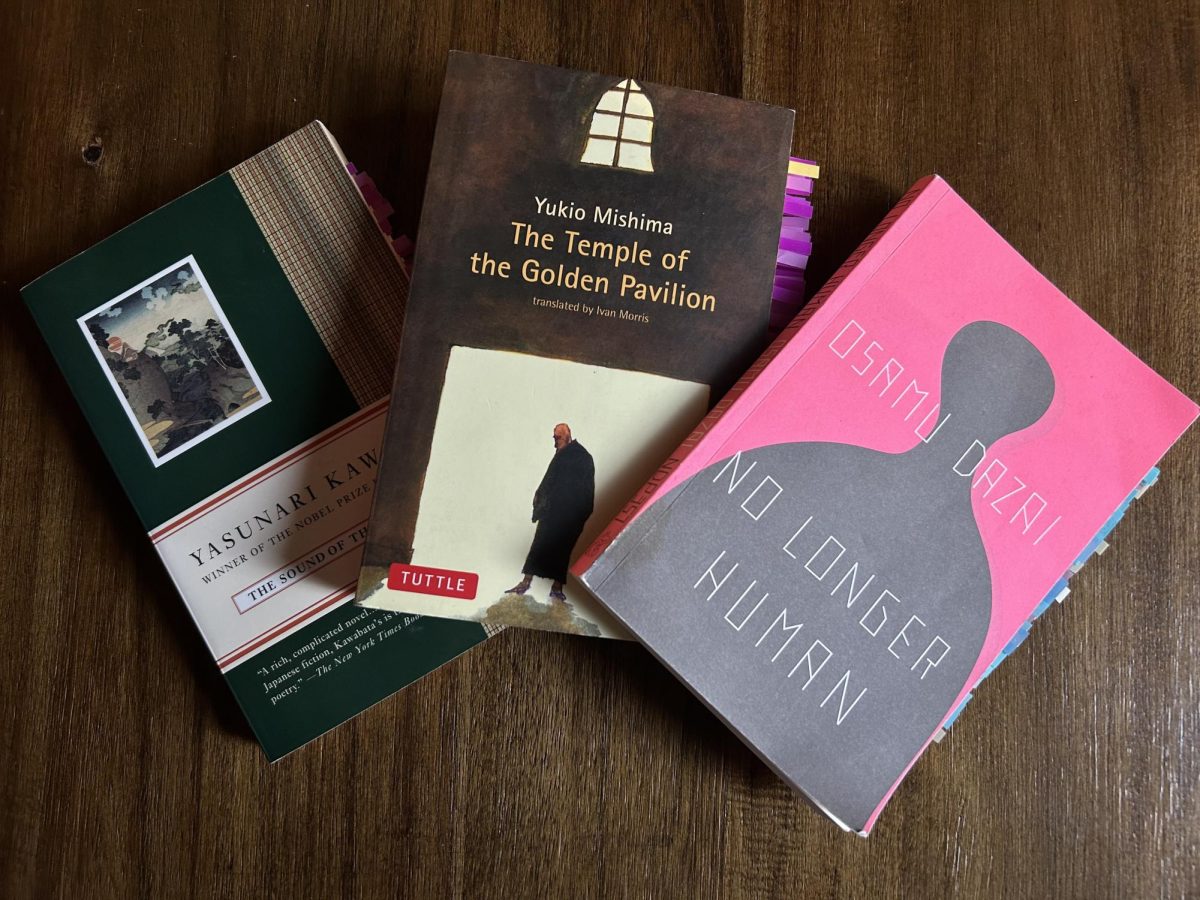
















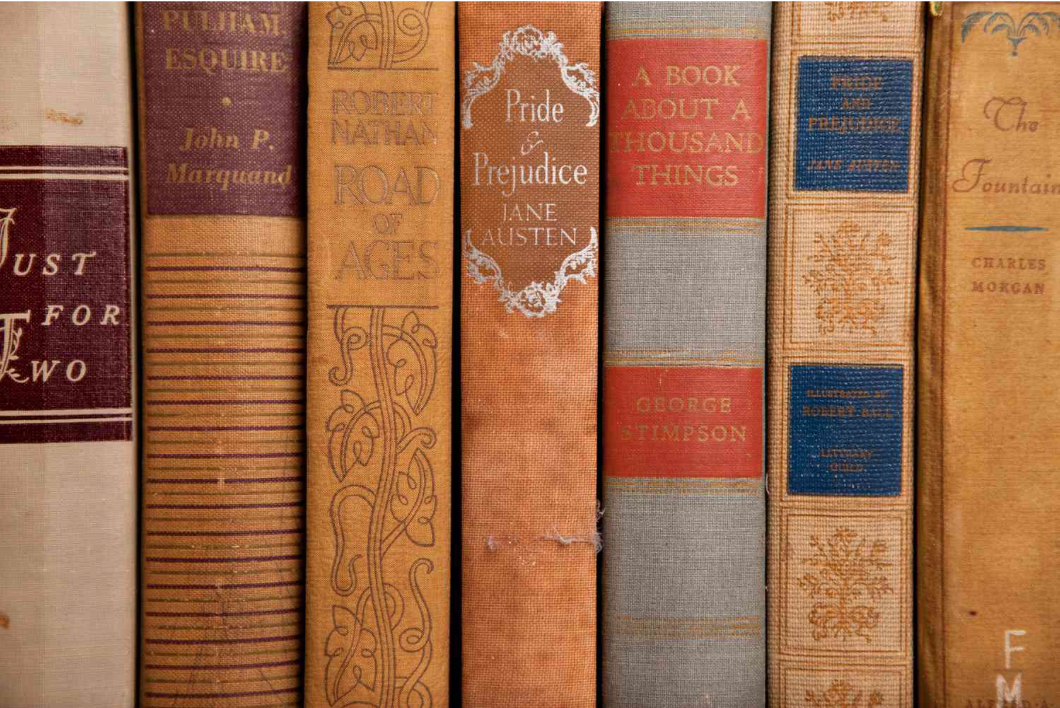
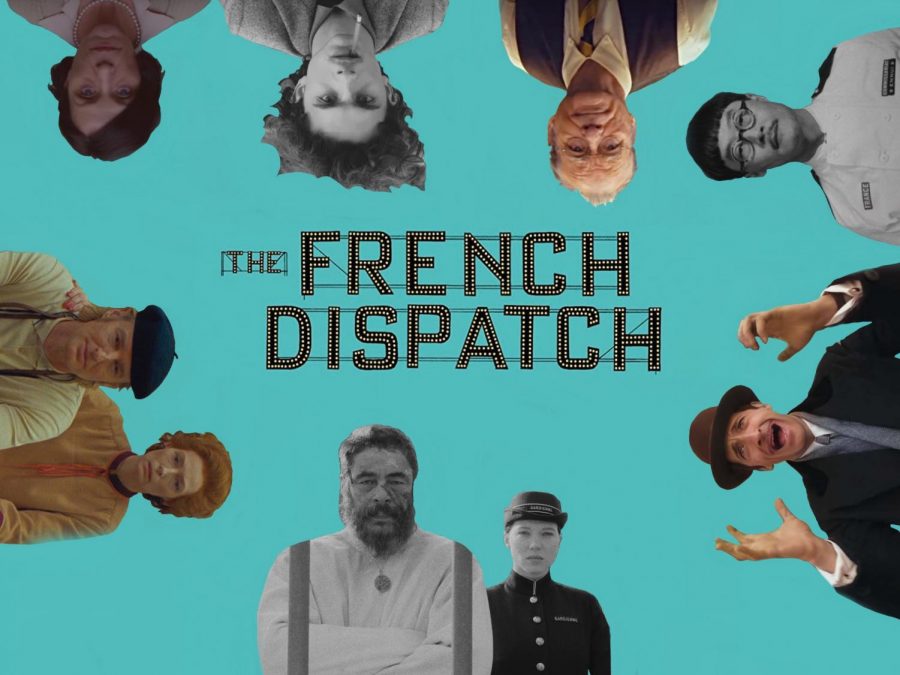




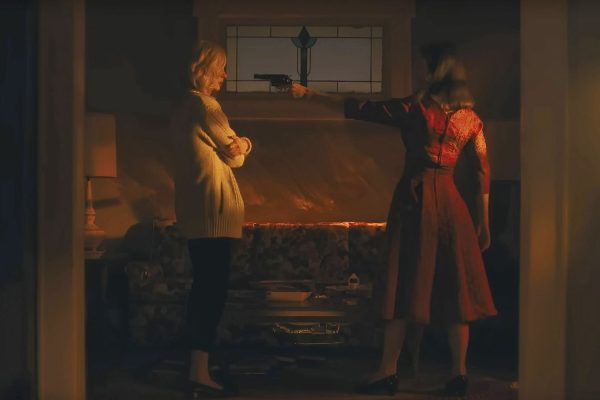




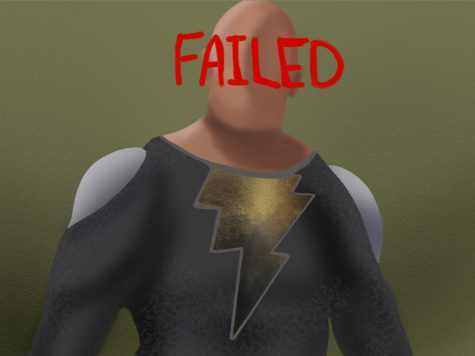
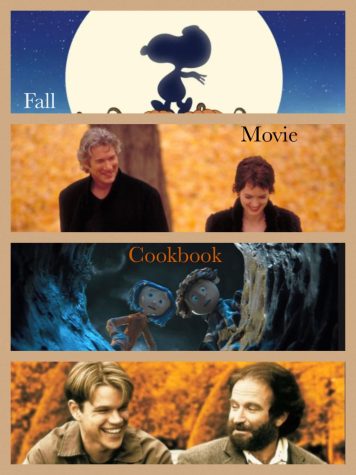
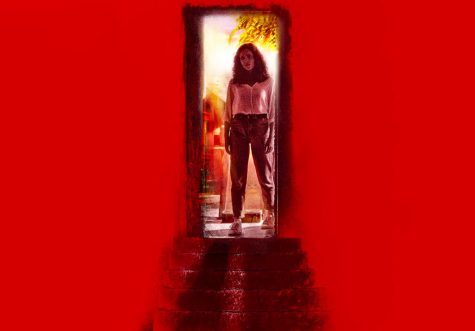


Soren • Apr 6, 2022 at 10:53 am
Quite a good film, watched it with my grandma the other day. Wes Anderson never fails to deliver a different and vividly fresh movie. For those who like this movie try watching True Stories, a talking heads movie written by David Byrne.